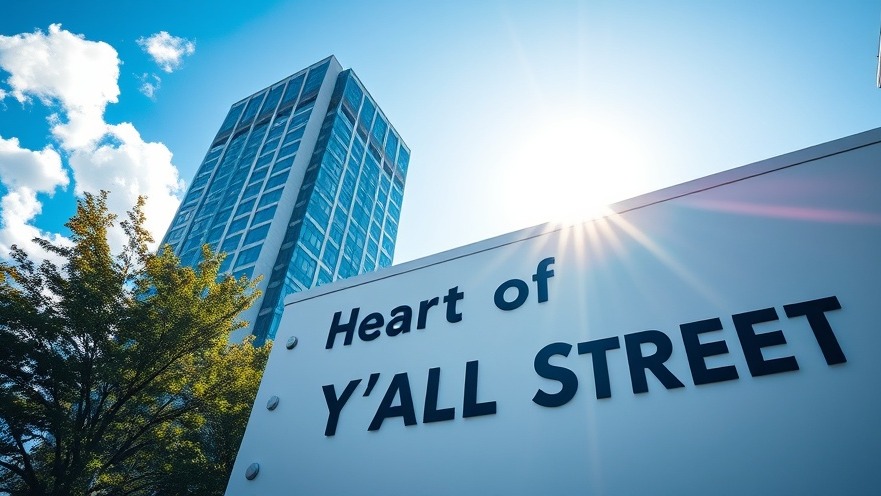
The Birth of a New Financial Powerhouse: Texas Stock Exchange
The recent approval of the Texas Stock Exchange (TXSE) by the U.S. Securities and Exchange Commission (SEC) represents a groundbreaking moment for financial markets in the United States. Formally green-lighted on September 30, 2025, the TXSE becomes the first new national exchange approved in decades, with aspirations to revolutionize the way companies engage with public investment.
A Unique Opportunity for Investors and Companies
Unlike existing exchanges such as the New York Stock Exchange (NYSE) or Nasdaq, which have dominated the landscape for years, the TXSE aims to provide a more favorable environment for public companies, particularly smaller firms facing hefty compliance costs. With over $150 million in funding and backing from major players like BlackRock and Citadel, TXSE is well-equipped to not only compete but potentially reshape the market.
The Vision Behind TXSE and Its Impact in Texas
James H. Lee, founder and CEO of TXSE, articulates a vision of transparency, partnership, and alignment that he hopes will empower investors and issuers alike. "Today’s approval marks a pivotal moment in our effort to build a world-class exchange rooted in alignment, transparency, and partnership with issuers and investors," Lee said in a statement. This ambition comes during a time when Texas is steadily positioning itself as a significant player in the global financial arena, with new financial jobs emerging in the Dallas-Fort Worth area.
Projected Benefits and Economic Growth
The TXSE’s existence is not merely an addition to the capital markets; it is a response to the declining number of U.S. public companies, which has seen a 40% drop since 1997. The exchange’s mission is to reduce the burdens on companies wishing to go public while adhering to high standards of financial reporting and governance.
Changing the Competitive Landscape
The TXSE's approval is anticipated to spark competition in the sector, which many experts believe could lead to reduced fees for companies looking to list, a potential boon for the American economy. Proponents argue that increased competition may enable more businesses to go public and thrive within the marketplace.
Challenges Ahead: Competition and Market Fragmentation
However, not everyone is optimistic. Some market analysts express concerns that introducing another exchange could lead to further market fragmentation, complicating the financial infrastructure already in place. This scenario raises important questions about how the TXSE will carve out its niche amidst the venerable institutions that dominate the market.
Conclusion: Looking Forward to 2026
As TXSE gears up for its 2026 launch, its successful implementation will depend greatly on its ability to attract listings and draw in both institutional and retail investors. The eyes of the financial world will be on Texas as it attempts to become a core player alongside NYSE and Nasdaq.
For those fascinated by the future of finance, the emergence of the Texas Stock Exchange represents an important chapter that will undoubtedly shape investment opportunities and corporate governance standards in the years to come. Stay connected and informed about these developments as the landscape of capital markets continues to evolve.
 Add Element
Add Element  Add Row
Add Row 



Write A Comment